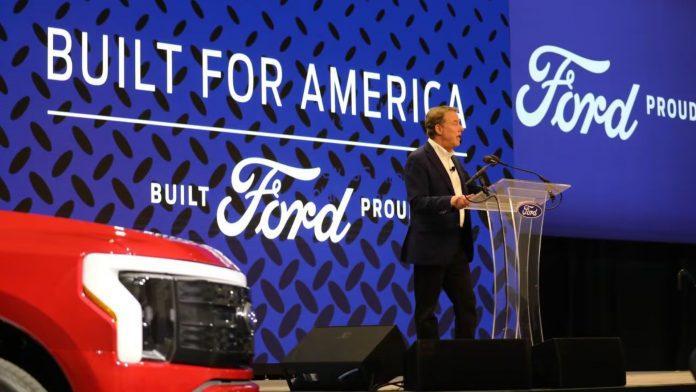Detroit automaker, Ford, is reducing its plans for a $3.5 billion battery facility in Michigan due to the slower-than-anticipated change in consumer preference toward electric vehicles, rising labor costs, and cost-cutting measures taken by the company.
Ford executives, including Chair Bill Ford and CEO Jim Farley, announced the facility in February. Its association with Contemporary Amperex Technology, or CATL, a Chinese battery maker, made it a political target very soon. Although the facility is a fully owned Ford company, the American carmaker is licensing CATL’s technology to create new lithium iron phosphate, or LFP, batteries for EVs.
On November 21, Ford announced that it would reduce the number of jobs it expects to create from 2,500 to 1,700 and reduce its manufacturing capacity by roughly 43% to 20 gigawatt hours annually. The investment would amount to approximately $2 billion, even with the decreased capacity.
The move follows the auto industry’s ongoing global retreat from EVs. Moreover, the vehicles’ lower-than-expected demand results from several problems, including difficulties in supply chain and battery technology and increased costs.
Additionally, the carmaker revealed intentions last month to reduce or postpone investing approximately $12 billion in previously planned EV projects, including reductions at the Marshall, Michigan, facility. Additionally, the corporation intends to defer building a second electric vehicle battery plant in Kentucky.
“We examined every aspect,” Ford Chief Communications Officer Mark Truby stated, “Those included the demand and the expected growth for EVs, our business plans, our product cycle plans, the affordability, and business to ensure we can make a sustainable business out of this plant. After evaluating everything, we can confirm that we are proceeding with the plant, albeit with a slightly smaller scale and scope than what we initially announced.”




